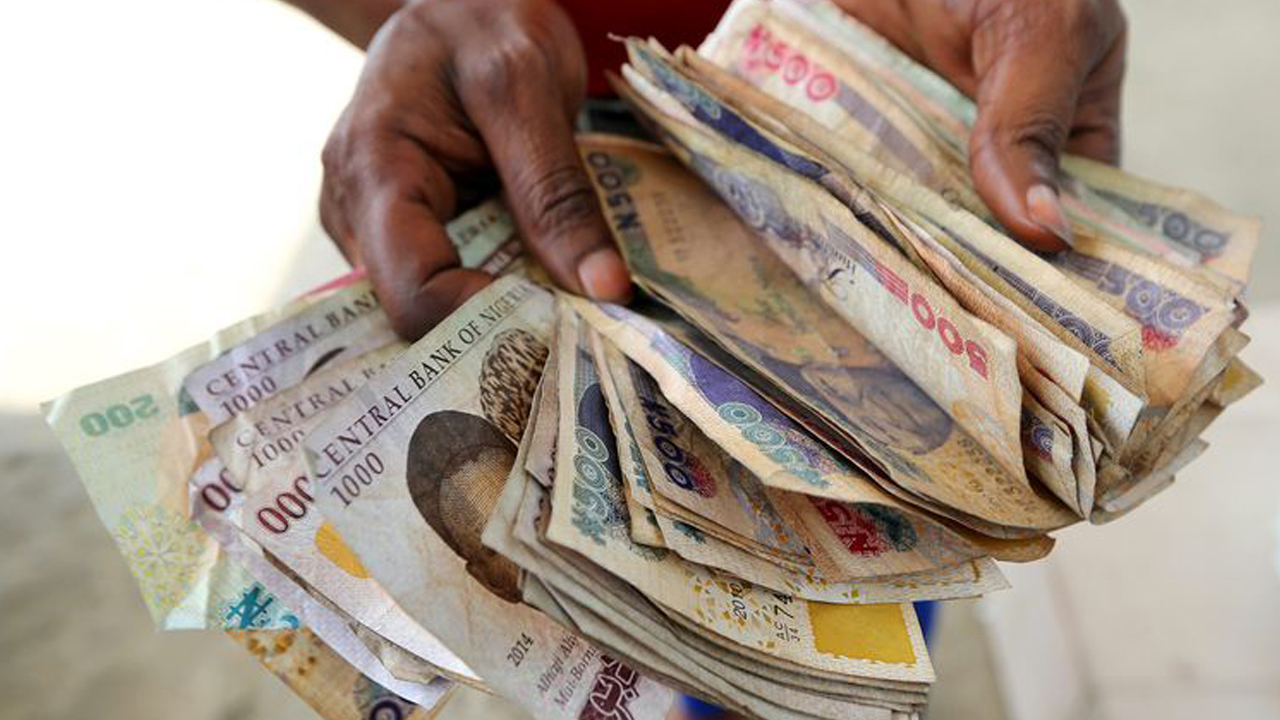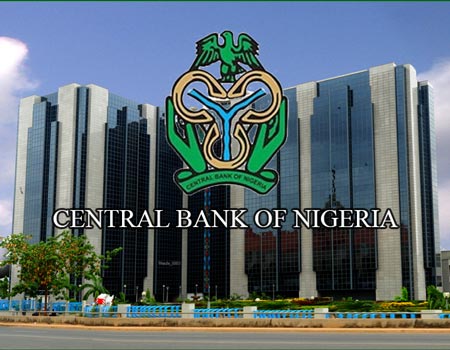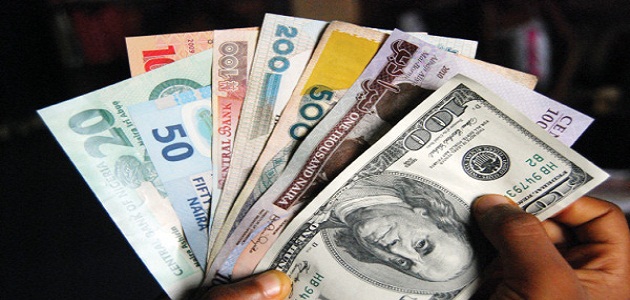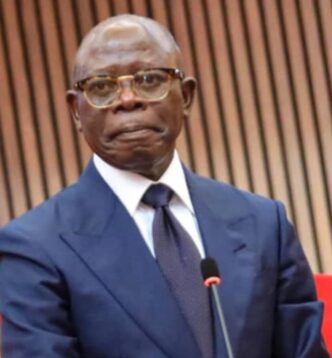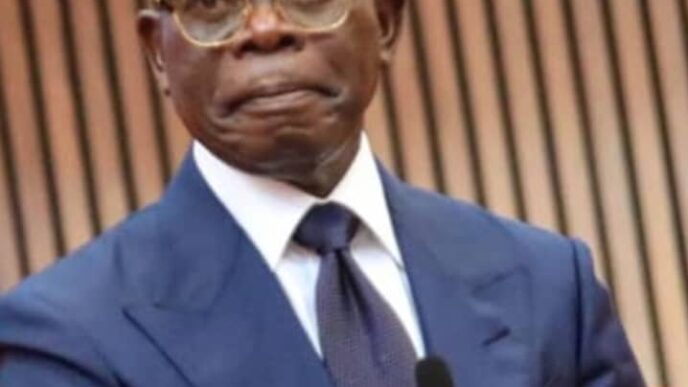Nigeria’s financial system recorded mixed signals in August 2025 as liquidity rose sharply while government borrowing contracted significantly, according to the Central Bank of Nigeria (CBN).
Gatekeepers News reports that broad money (M3) climbed to ₦119.52 trillion, driven largely by a surge in quasi-money balances and increased foreign assets. Quasi-money — mostly interest-bearing deposits — rose to ₦80.21 trillion as households and firms shifted funds into safer deposits amid inflationary pressures and tighter monetary conditions.
In contrast, narrow money (M1), which includes cash and demand deposits, stood at a relatively smaller ₦39.30 trillion, reflecting a stronger preference for bank-held funds over physical cash.
Government Borrowing Declines
Credit to government fell by 25.74% year-on-year to ₦23.13 trillion, showing reduced reliance on deficit financing. At the same time, credit to the private sector was steady at ₦75.83 trillion, underscoring banks’ cautious approach to lending despite abundant liquidity.
The CBN data highlights a structural challenge: liquidity is expanding, but private-sector credit growth and government spending are not keeping pace, limiting the impact on investment and job creation.
Liquidity Drivers
• Net foreign assets rose to ₦40.94 trillion, reflecting inflows from oil earnings and remittances.
• Base money stood at ₦35.68 trillion, with bank reserves at ₦30.76 trillion and currency in circulation at ₦4.92 trillion.
• Demand deposits fell slightly by 1.63% to ₦34.85 trillion, while cash outside banks declined by 0.92% to ₦4.45 trillion, though both remained higher year-on-year.
Monetary Policy Adjustments
At its September 2025 MPC meeting, the CBN:
• Cut the Cash Reserve Ratio (CRR) for commercial banks from 50% to 45%.
• Introduced a 75% CRR on non-TSA public sector deposits to sterilize excess liquidity.
• Adjusted the Standing Facilities corridor around the Monetary Policy Rate (MPR) to +250/-250 basis points, replacing the asymmetric band to improve interbank liquidity management.
• Scaled back open market operations, with CBN bills issuance down 14.01% in two months and 13.33% year-on-year to ₦9.29 billion.
Special intervention reserves remained unchanged at ₦284.36 billion, sustaining targeted credit to agriculture and small businesses.
Why It Matters
The divergence between rising liquidity and shrinking government borrowing suggests that funds are not flowing effectively into the real economy. While households and firms are stockpiling deposits, banks remain conservative on private lending, and reduced fiscal borrowing limits public investment.
This dynamic means Nigeria has more liquidity “on paper,” but its translation into jobs, investment, and growth remains limited.

